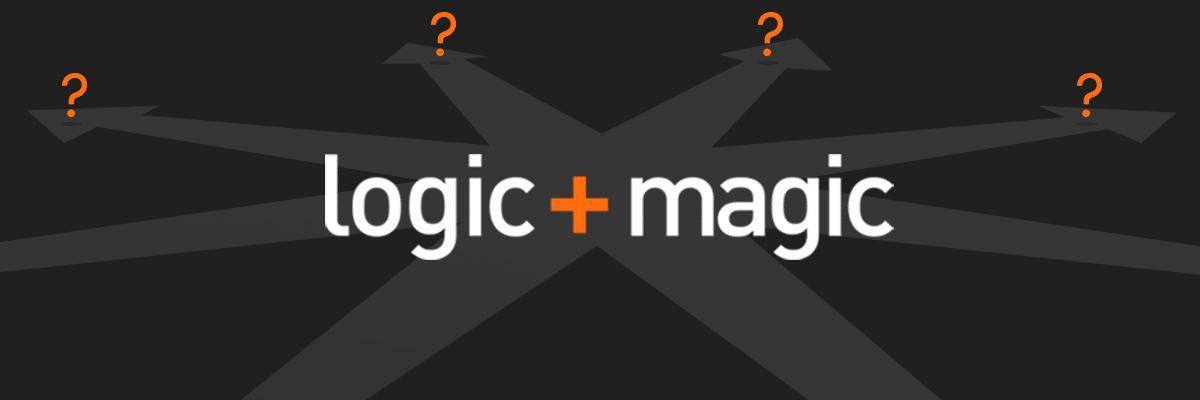For more than 25 years here at Leap Group, we’ve developed award-winning, highly effective campaigns for brands across all industries by approaching our work with a focus on two key ideas: logic and magic. Logic is the structure of the world around us: data, research, and careful analysis. Magic, meanwhile, encompasses emotions, intuition and transcendence. And where logic and magic come together is the heart of human decision-making—and great marketing campaigns.
But during the quarter-century that Leap has been around, data and analytics have become increasingly central to campaign strategy, and a new challenge has emerged: How do we use data to inform creative choices without letting it stifle innovation? In the world of marketing and advertising, creative decision-making has long been seen as an art—a realm ruled by gut instincts, bold ideas, and the power of storytelling—yet brands are under more pressure than ever to deliver real business results and performance growth.
In this blog, we’ll delve deeper into the Leap ethos of logic and magic, and give examples of how we’ve continued to balance left- and right-brain thinking, embracing specific and measurable business objectives and the latest AI-powered data and analytics technologies, along with bold, authentic, and uniquely human storytelling and creative.
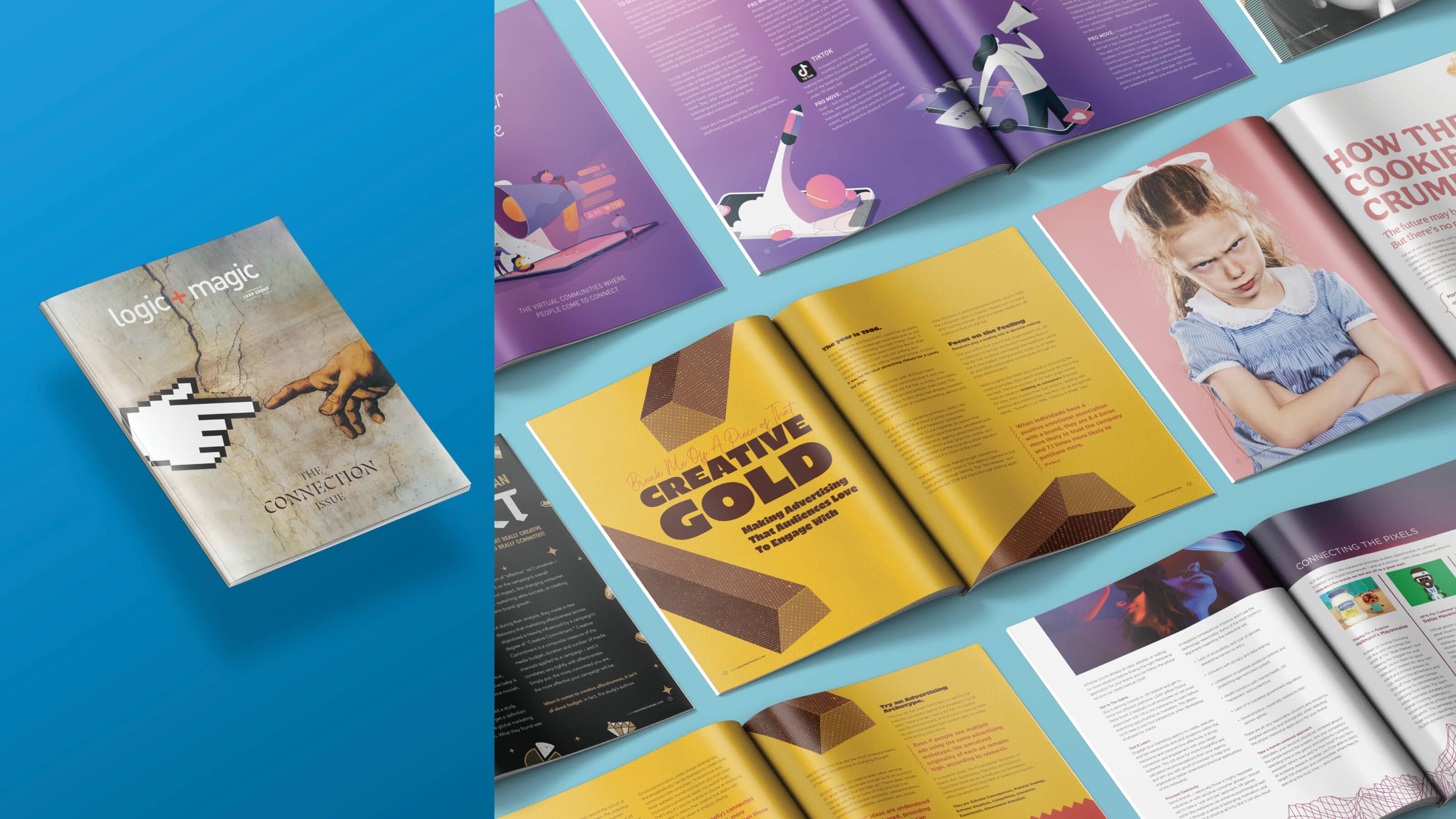
The science behind what makes people tick (and click) ...
According to Nobel Prize-winning economist and psychologist Daniel Kahneman, the human brain has two distinct operating modes: The first is fast, intuitive and emotional. This is our brain on “auto-pilot,” and it’s how we process information most of the time. The second is slow, deliberate, and effortful, so we only use this system when absolutely necessary. In short, although we’d like to believe we’re making decisions in a deliberate, thoughtful manner, most of the time we’re acting on impulse!
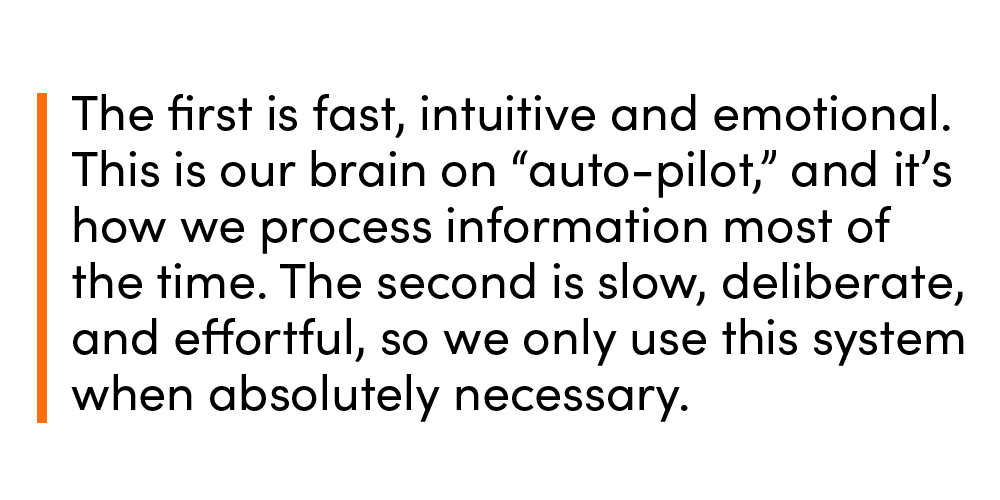
What, then, does this mean for marketers? If humans are actually relying on their intuition and emotions to make decisions, we can establish more authentic and lasting connections with our audiences if we lean into the emotional aspects of our brands in campaigns and other communications efforts.
… and the art of using data wisely
Today, we have access to an unprecedented amount of consumer data, which can provide valuable insights into audience preferences, behaviors, and emotional triggers. When leveraged properly, data helps answer key questions like: What content resonates most with our audience? What messaging drives the strongest engagement? When and where is our audience most receptive to our brand’s message?
Armed with these insights, creative teams can ensure not only that their work is emotionally compelling, but also that it’s actually being seen by the right audience and driving the right business objectives. After all, as advertising legend David Ogilvy was fond of saying, “It’s not creative unless it sells.”
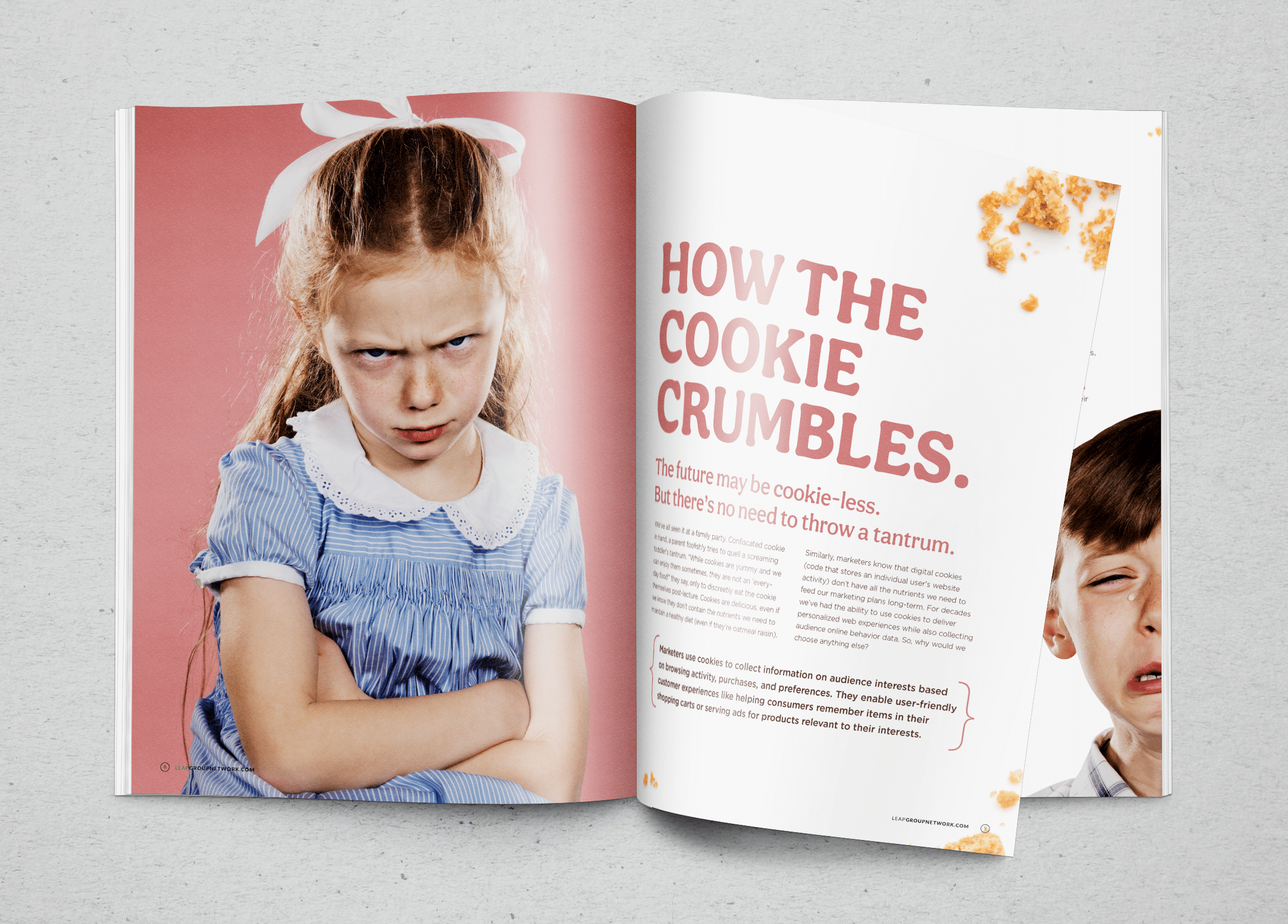
Avoiding the trap of data over-reliance
Despite its power, data can also become a double-edged sword when it starts to dictate creativity instead of guiding it. Over-reliance on past performance metrics can lead to formulaic, predictable campaigns that lack originality. Creative breakthroughs often come from taking risks—something data alone can’t always predict.
At Leap, we believe that the best marketing decisions balance analytical insights and human intuition. When used correctly, data acts as a creative partner rather than a rigid rulebook, helping to refine ideas, validate concepts, and enhance storytelling. Here are a few recent examples of how we were able to strike the right balance.
UMCU: Using research to uncover creative points of differentiation
The University of Michigan Credit Union (UMCU) was struggling to distinguish itself in a competitive financial landscape and a highly regulated industry. By blending data-driven research with creative strategy, we were able to help the credit union embrace digital transformation while also strengthening its deep community ties.
We began with extensive research, including stakeholder interviews, consumer surveys, and competitor analysis, that allowed us to uncover UMCU’s unique strengths: community engagement, superior customer service, and a strong connection to Michigan athletics. Using these insights, we crafted a refreshed brand purpose, audience personas, and digital strategies tailored to key customer segments.
This strategic approach extended to in-person activations, gamified lead generation at major sporting events, and a refined social media presence. Campaigns for the Detroit Lions and Michigan Wolverines drove significant engagement, with over 764K impressions for the Lions and a 13.12% engagement rate for the Wolverines. By optimizing digital experiences and leveraging predictive analytics while also focusing on the community’s emotional connection to their beloved sports teams, we were able to position UMCU as a trusted, digitally savvy financial partner—one that truly mattered to its members.
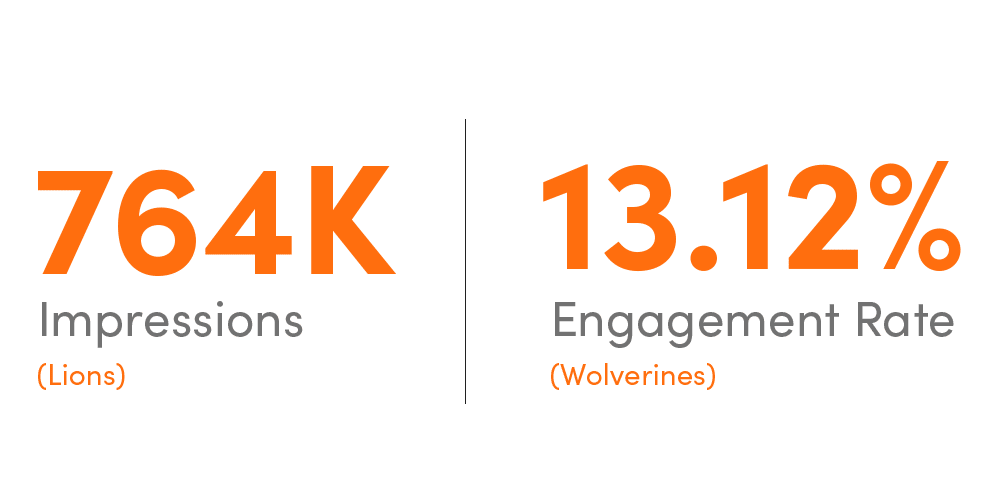
Duck Brands: Using data as a launchpad for creative exploration
Over the past few years, our obsession with understanding how people think and make decisions led us to develop our own proprietary data analytics software, HumanView™. So, when Duck Brands approached us looking for new creative possibilities for their marketing strategy, we saw the perfect opportunity to mine the rich trove of consumer data to identify audience insights and behavioral trends, then use them as a foundation for storytelling.
By harnessing advanced natural language processing and machine learning techniques, we were able to analyze more than 15,000 customer reviews to capture authentic consumer sentiment about Duck Brand tape products. This research deep dive went beyond traditional performance metrics, uncovering a wealth of insights into how consumers uniquely use the product.
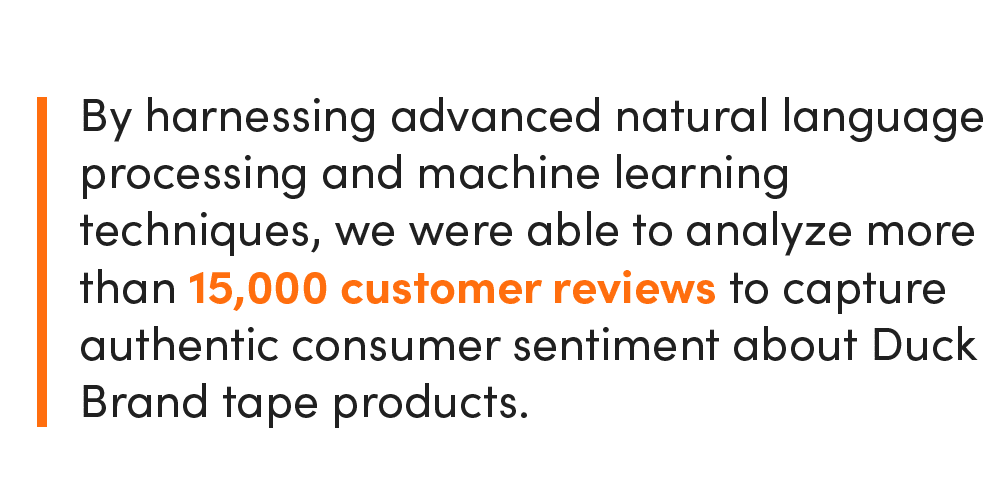
The analysis revealed that while adhesion, ease of use, and durability remain crucial, consumers also embrace the tape’s versatility in creative and unexpected ways. From crafting and home repairs to unconventional applications like LARPing, pet care, and even temporary solutions in medical scenarios, these insights illuminated Duck’s multifaceted appeal. The data even helped us identify potential areas for improvement, such as optimizing tape dispenser design and addressing odor issues, ensuring that practical concerns are balanced with creative usage.
Our creative teams then used these findings as the basis for new creative concepts that would highlight Duck Brands products’ versatility and unique applications. For example, our “Duck It,” concept used tongue-in-cheek humor to emphasize the product’s multipurpose nature, encouraging users to simply “Duck It” when faced with problems. Our team also proposed “Life Quacks,” a social activation featuring user-generated content that highlights wild and creative tape applications.
Other ideas included guerilla marketing installations that “fix” broken public spaces, immersive pop-up experiences like the Museum of Duck Tape and DuckHaus art installation, and mobile craft buses designed to delight and engage communities. Additionally, we envisioned targeting micro-campaigns for niche groups like LARPers, cosplayers, and trans communities to build deeper brand loyalty. By leveraging advanced data analytics to drive our brainstorming process, we were able to explore new creative territories that we already knew would have a receptive audience—because our insights came from the audience itself! It’s the perfect blend of logic and magic.
AKC: Using your creative to test, learn, and iterate
Great creative ideas don’t have to be all-or-nothing bets. A/B testing, social listening, and real-time performance tracking allow us to fine-tune campaigns based on audience feedback without compromising creativity. This came into play with our recent work for the American Kennel Club (AKC). As the Agency of Record for the 140-year-old not-for-profit, we knew we needed to help AKC connect with Gen Z and Millennial dog owners if it wanted to be around for another century. With a big investment on the line, data and logic helped us know our creative magic was on the right track.
First, we used audience research to create audience personas, consumer journey maps, and find out what would help get younger tails wagging. Then, we used those insights to develop a national brand campaign—“Everything We Do, We Do for Dogs”—that not only presented the brand in a modern and friendly way, but also reinforced AKC’s dedication to advancing canine well-being by celebrating the deep bond between people and their pets.
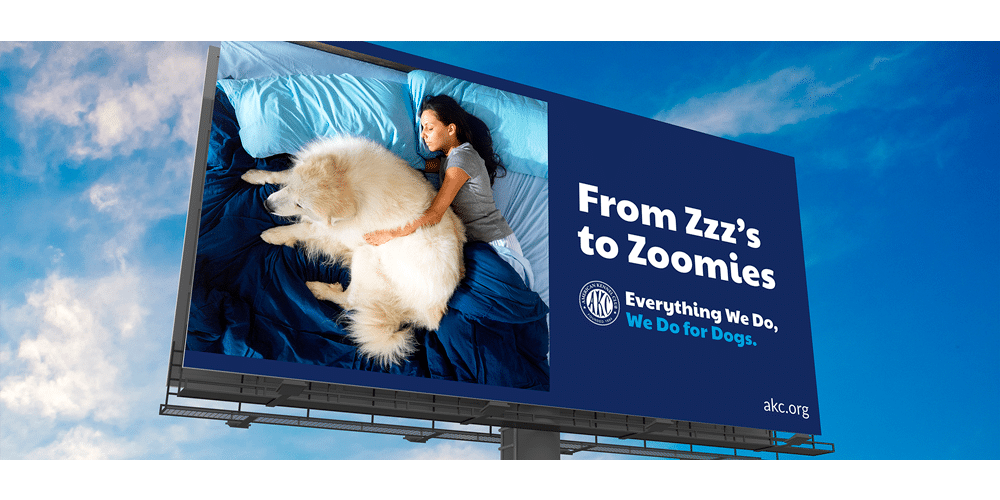
With so much riding on the new campaign—set to debut with a :60 TV commercial during the AKC National Championship Dog Show on ABC and streaming platforms (which had received 27 million viewers the previous year, no pressure!!), we needed to know that the campaign was going to resonate with our target audience. So, we tested, tweaked, and tested some more. And while the campaign is still in its infancy, the feedback we received helped us refine our creative and ensure that our messaging was primed to make some magic once it was out in the wild.
Why Logic + Magic is here to stay
It’s no secret that we’re huge fans of research, data, and analytics here at Leap. But at the end of the day, data can’t replicate human emotion, cultural nuance, or the power of storytelling. That’s why we continue to lean into the human element and encourage our creative teams to think boldly. By using data as a tool rather than a constraint, we can create work that is both strategically informed and emotionally compelling. As we’ve seen, the most effective campaigns blend strategic insights with creative instinct, ensuring the final work is not only data-informed but deeply resonant. Here at Leap, we’ll continue to embrace both logic and magic—harnessing the power of analytics while never losing sight of the magic that makes great advertising truly unforgettable.
